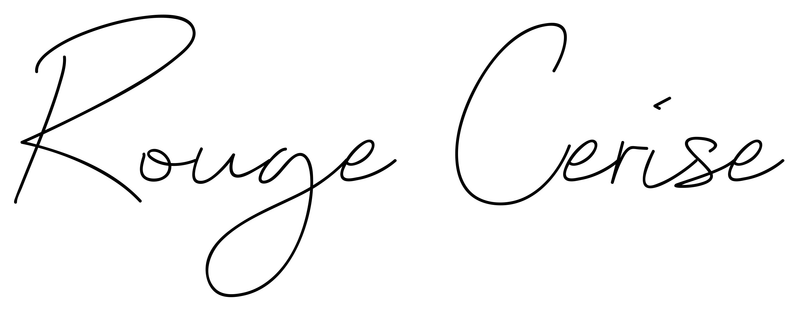2/6 1st part of the preparation - the machinery
Preparation is the main part in making a leather accessory. Sometimes this step can even represent up to 90% of the finished product. For me, the preparations are all the steps I have to perform between the time I cut the pieces of the leather hide or the roll of fabric and the moment I put them together.
The thickness and stiffness (or flexibility!) Of the material is a problem that must be analyzed and managed with each change of leather and each change of mounting method. Some leathers can be 0.5mm thick while others are as thick as 4 or even 5mm!
The skiving machine, or skiver, is one of the primary machines and is essential for preparation. It is used to thin the edges of leather pieces, either to make sewing easier or to refine the appearance of the edges. Without the trimming, many of the following steps would be impossible to perform. The skiver is adjustable and there are a multitude of different trims depending on the desired result.
This same thinning process can be applied for an entire piece of leather and is called slitting. The slitting machinery is much larger, the piece of leather is then thinned with a precision of a tenth of a millimeter. This precision is essential since the accumulation of different thicknesses of leather and textile can quickly cause a problem during assembly. Slitting is very useful for leveling leather or simply removing excess thickness.
All machinery is used almost daily and requires maintenance. For example, the sewing machine should be oiled and cleaned of leather lint regularly, and the blade of the skiving machine should be sharp with each use. When you work alone in your workshop, you quickly become resourceful and versatile. Adjustments and small repairs are frequent, although sometimes I still have to call a professional for more serious problems. For a leatherworker, his machines are the key to his work and I treat mine with great care.
In the next article, it will still be about preparations! Gluing and leather protection, among other things!

